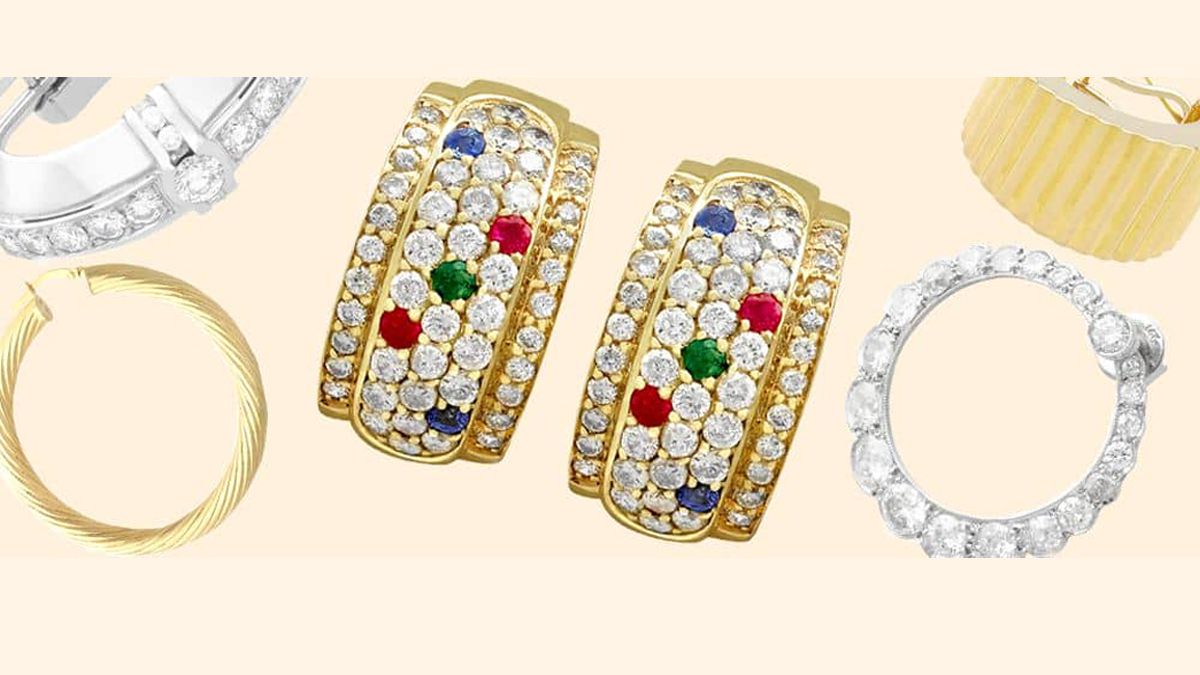Shopping for an engagement ring is rarely a stress-free experience, with so much to consider in your decision. You have to think about styles, shapes, and gemstones that you’d be happy to see on your hand for the rest of your life. Shopping for sustainable engagement rings brings with it a lot of questions, like how to get a ring that is not only beautiful but good for the environment as well.

Thankfully, there are steps you can take to be environmentally conscious about this important decision, such as considering your gemstones, metals, and origins for your engagement ring.
Sustainable Stone Choice for Engagement Rings
Sustainability is an important part of engagement ring shopping, and so finding gemstones that have been responsibly sourced is essential. Gemstones such as diamonds have a complex – and often dark – history, with a lack of ethics and severe mistreatment of miners at every turn.
Today, however, much greater efforts are being made to ensure fair treatment for workers and sustainable sources of gemstones. The Kimberley Process Certification Scheme (KPCS) is often cited as a reputable source for ethic diamonds; however, it is not entirely fool proof. The KPCS system is intended to indicate fairness and ethical treatment at every stage of diamond mining; but there are instances of falsified KPCS certificates, meaning that it is difficult to gauge the validity of many of them.
If you choose to go down the diamond route, it’s important to know where your stone has come from if it’s being mined today. Thankfully, the majority of reputable companies today make a point of closely detailing their processes for procuring gemstones. Another avenue to explore, however, is lab-grown gemstones. These stones feature identical chemical compounds to natural stones, with the only difference being that they are synthetic, being created entirely in a lab rather than mined from the earth.
Another direction to bear in mind when you want a sustainable engagement ring is to buy vintage and antique. These gemstones, having already been mined many years ago, pose no further demand on the current mining industry. They have no eco footprint, not needing to be crafted, cut, polished, or treated in any other way. Buying pre-owned is friendly on your purse strings, also, typically fetching more carat for your cash than brand-new rings because of the lack of production needed.
Sustainable Metal Choice
A recent popular trend in the engagement ring industry is recycling as much as possible. This includes both gemstones and metals. Old jewellery items and other pieces made from precious metals are being melted down and repurposed, ensuring a more environmentally-friendly source for your jewellery metal than traditional jewellery-making methods can provide.
Recycled gold in particular is one of the best methods for achieving sustainability in your engagement ring. Reducing your carbon footprint wherever possible is an important part of any socially conscious person in today’s world, and recycled metal jewellery is a key part of that. There is also a significant fair-trade movement in gold production, and many modern companies are utilising this to great effect, with some using a combination of recycled and fair-trade gold in their fine jewellery pieces.
Once again, another avenue for sustainably sourced metals in antique and vintage jewellery. You can choose to buy an existing piece and wear that as an engagement ring, or equally, you could utilise the materials in a second-hand piece of jewellery to have something new crafted. This is a good choice for anyone hoping to adapt inherited jewellery as well. You can reuse the metal and gemstones of a ring beloved by a previous family member and have it skilfully transformed into something which better suits your own tastes and styles.
While there are sustainable options for buying an engagement ring, it’s hard to know where to look. Words like ‘environmentally friendly’ and ‘ethically sourced’ have become buzzword-type jargon for a lot of jewellery companies hoping to win favour from new buyers to the market, so it’s tough to know where you can trust.
Where to Source Your Eco Engagement Ring
While it’s true that most jewellery companies will be very forthright and upfront in extolling their virtues, some are simply better than others. Look for makers who profess to have completely traceable roots for their gemstones. Something beyond the aforementioned KPCS certificates which can accurately plot the lifetime of a diamond, including where it was mined, cut, and crafted is hugely beneficial for your conscience.
Equally, if you’ve chosen to have something custom created for you, knowing where the materials were sourced and how sustainable the jeweller’s methods are is important. If you’re bringing your own jewellery items to be reworked and refashioned, then you can rest assured that you know the history of the materials involved. If not, however, inquire regarding the origins of the metals used, if any of the elements are recycled, and so forth, to ensure you’re making the best decision for the environment.
With all of this in mind, it can seem entirely too overwhelming to know where to go for your engagement ring. Buying preowned engagement rings does eliminate most of these questions and stresses, thankfully. There is no carbon footprint involved in buying antique and vintage jewellery, besides possibly shipping the item to you, which is very minimal in comparison to the processes of mining and smelting involved in creating brand new jewellery pieces.











